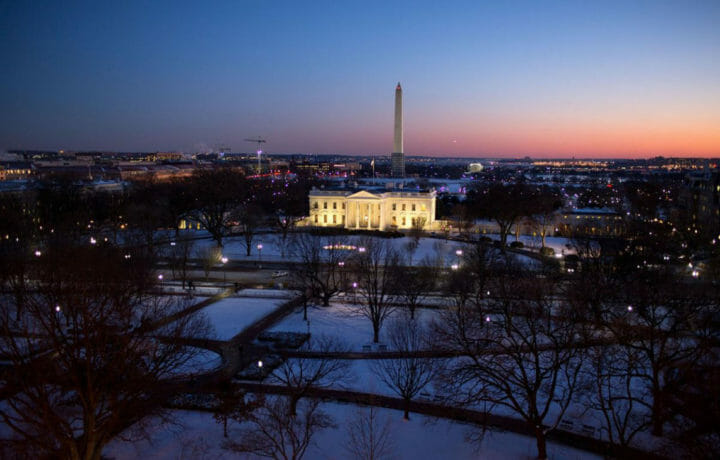President Biden outlined his new COVID-19 relief bill coined the American Rescue Plan – a $1.9 trillion package that includes $440 billion for communities and small businesses. The amount of the split going to each entity remains unclear at this point, but it should become clearer the plan is presented to a joint session of Congress in February.
What we do know right now is that part of this bill would be used to create a $15 billion grant program for small businesses, along with a second part that would leverage an additional $175 billion in lending and investment in the form of low-interest loans and venture capital for entrepreneurs.
Another aspect of the plan that will affect all businesses is to fully subsidize enhanced paid leave benefits to all employers. Under the COVID-19 Relief Plan of the last administration, businesses with over 500 or under 50 employees were exempt from this benefit.
Paycheck Protection Program
This program reopened on Monday January 10. While initially it was open only to banks and lending institution that served businesses in underserved communities, on January 19, it opened up to all businesses applying to PPP lenders, including most of the major banks. Under this PPP plan signed into law at the end of December, $284 billion is available to eligible businesses … including those that already received loans months ago.
Businesses can get a second loan (known as a Second Draw) as long as they meet the eligibility requirements of:
- Not a public company
- Employ fewer than 300 employees
- Used their first PPP loan for the purpose it was intended
- Can show they had a reduction of gross receipts of at least 25% in at least one 2020 quarter when comparing to the same quarter in 2019.
Loan Forgiveness
While forgiveness is available, for this loan to be fully forgiven, at least 60% of this money must be used to pay payroll expenses. The remaining 40% can be used to pay a broader range of business expenses than under the first PPP bill. Besides the obvious expenses like mortgage interest, rent, and utilities, the loan may also be used to pay for personal protective equipment and other expenses required to meet COVID-19 restrictions in addition to certain operations, and supplier costs.
And the process of forgiving the loan has been simplified. For businesses borrowing less than $150,000 only a one-page certification must be submitted. The certification must include:
- Number of employees retained because of the loan
- How much of the loan was spent on payroll
- Total loan amount
Borrowers must attest the information on the certification is accurate and that they had complied with the requirements of the loan. According to the Small Business Administration. 87% of the loans under the first PPP round were under $150,000 and could qualify for forgiveness.
While this bill is not scheduled to come before Congress until February, political pushback may jeopardize the passing of this bill. At this point, only time will tell if this new relief passes; however, it’s clear that the country is in support of small businesses continuing on in national security.




